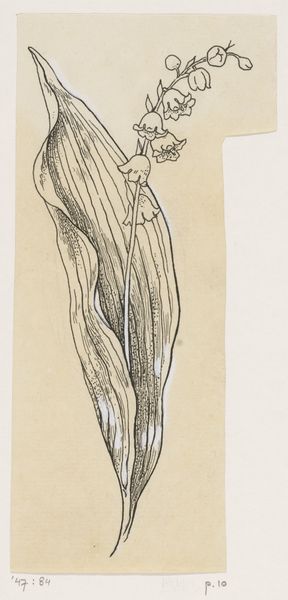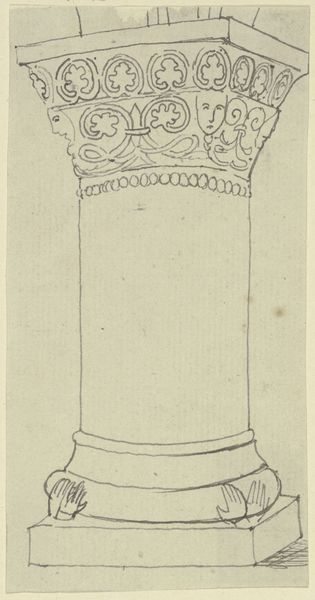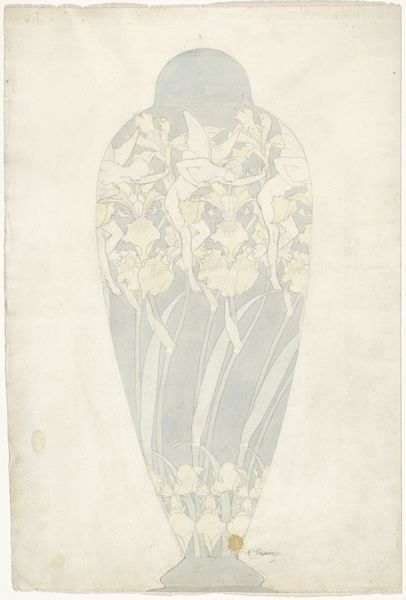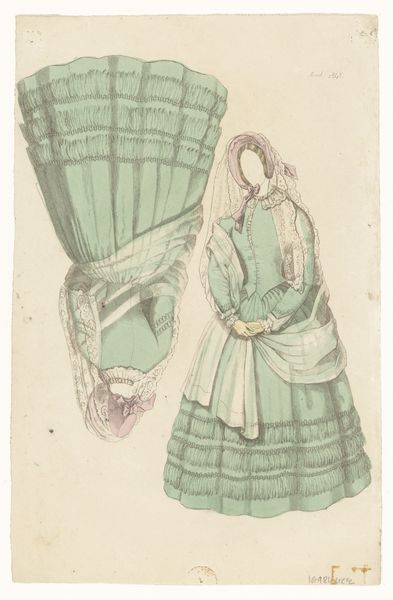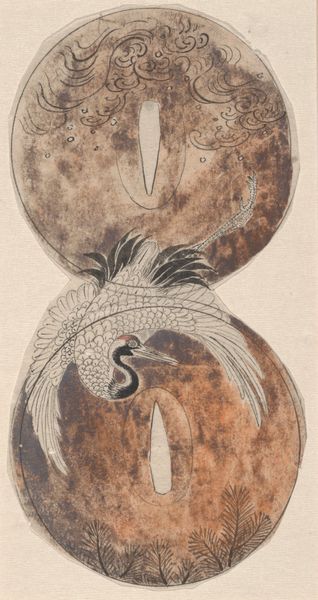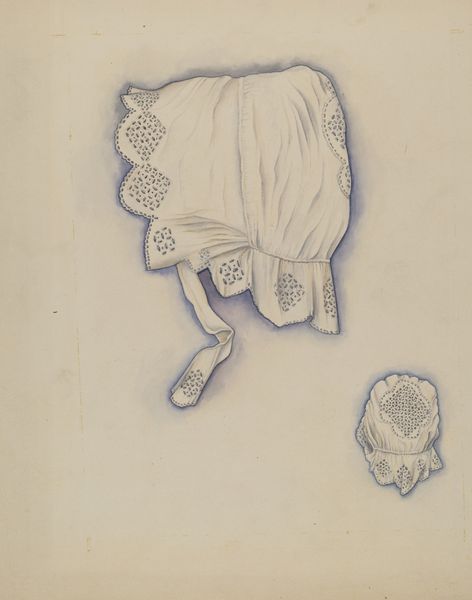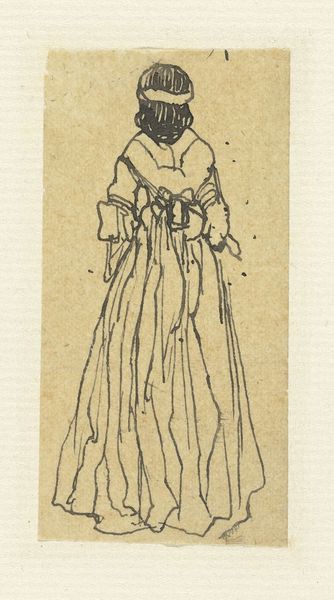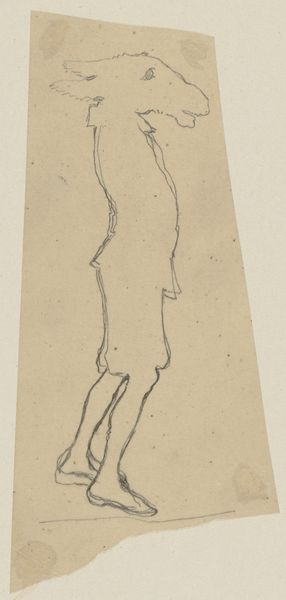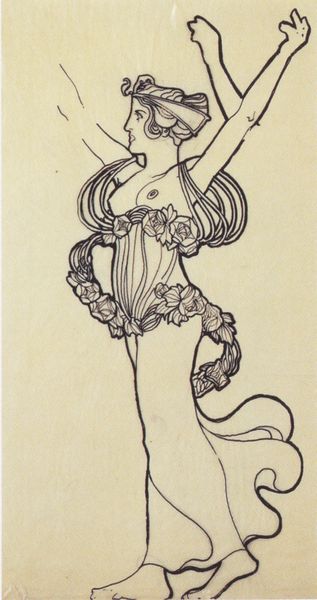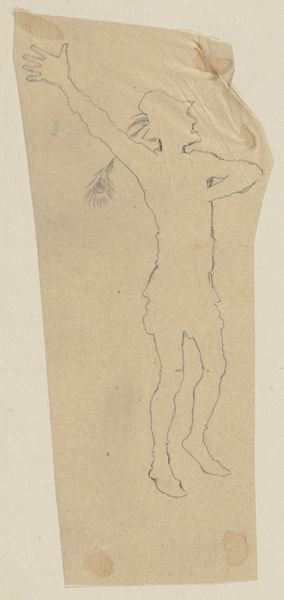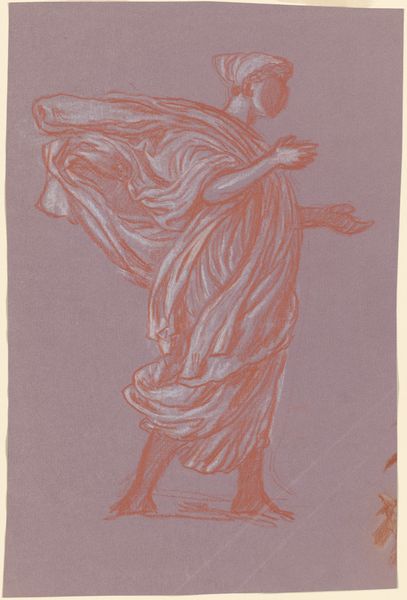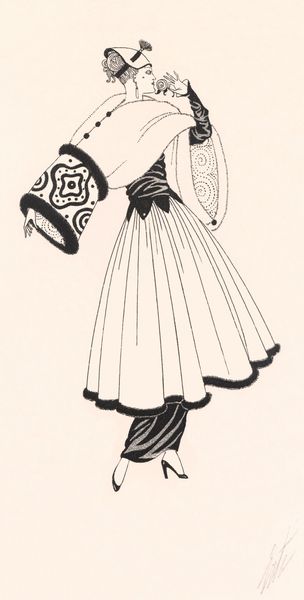
drawing, paper, pencil
#
drawing
#
pen sketch
#
paper
#
pencil
#
line
#
pen work
Dimensions: overall: 15 x 9.5 cm (5 7/8 x 3 3/4 in.)
Copyright: National Gallery of Art: CC0 1.0
Editor: Here we have Melita Hofmann’s drawing, "Cap," created around 1936. It’s a delicate piece done with pencil and pen on paper. The rendering of fabric and lace seems incredibly detailed and precise, almost photographic. What aspects of this piece particularly stand out to you? Curator: Well, let's consider the drawing's function within the larger context of Hofmann's practice. Is it a study, a preliminary sketch for a textile design, or a work in its own right? The level of detail suggests an engagement with the material culture of the time. Notice how she meticulously renders the embroidered patterns and the way light falls on the folds of the fabric. This drawing gives us insight into the means of representing materiality. Editor: That’s a fascinating point. I hadn’t considered its role as documentation. Do you think the emphasis on detail connects to the social context in which it was created? Curator: Precisely! Think about the rise of consumerism and the fashion industry during the 1930s. Drawings like this allowed for mass production, making design and materials available across classes. The detailed representation signifies an appreciation of handwork but simultaneously facilitates its translation into machine-made copies, speaking directly to mass production and accessibility. Editor: So, it's not just a drawing of a cap; it's also a commentary on the changing landscape of labor and consumption? Curator: Exactly. Hofmann isn't simply representing an object; she’s engaging with the complex relationship between handmade craft, industrial production, and the accessibility of fashion in the 20th century. Look at the contrast between the delicate lines of the embroidery and the bolder strokes defining the cap's form – how do they interact and inform one another, do you think? Editor: It seems the contrast creates a certain tension that highlights the meticulous detail but it's also about something bigger, the society in which is has been crafted. I'll definitely look at early twentieth century fashion in a different way after this conversation. Curator: Likewise. It reinforces how an analysis of artistic means, like material representation and the production of line, can unlock broader understandings of cultural production and values.
Comments
No comments
Be the first to comment and join the conversation on the ultimate creative platform.
